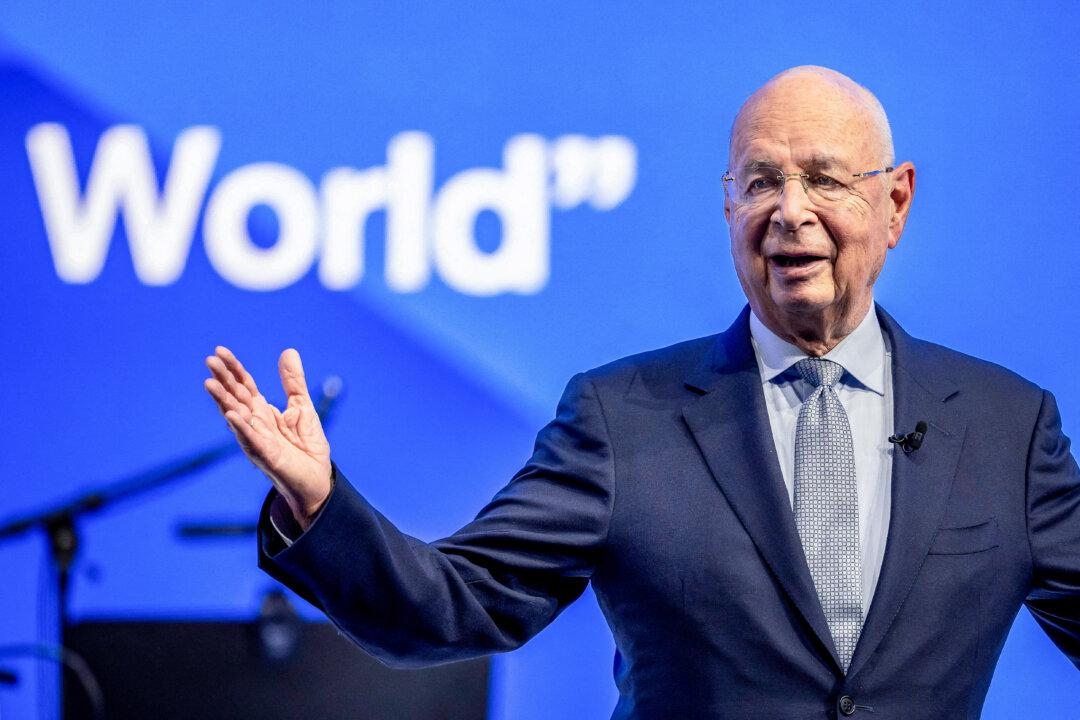U.S. inflation is set to decline next year, according to activity in the bond market, with the gap between the two-year and 10-year Treasury yields trading at its most negative level in decades.
The gap between one-year Treasury inflation-protected securities and similar-dated nominal government notes is at 2.18 percent, indicating that average inflation over the coming year would be roughly around this level. Considering that the annual inflation came in at 7.1 percent in November, this would require price gains to drop by roughly 5 percent in the coming year.
The 10-year Treasury yield is lagging behind the two-year Treasury yield by the widest margin since the early 1980s. Last week, it hit a new extreme of 85 basis points. The wide margin between the two yields is often seen as a reliable indicator of recession.
“Headline inflation is peaking, and market participants appear keen to look forward, and remain on the lookout for signs that monthly inflation momentum has peaked,” said Andrew Ticehurst, a rates strategist at Nomura Holdings Inc. in Sydney, according to the outlet. “Lower breakeven rates could also be signaling increasing concern regarding the possibility of recession.”
Meanwhile, the CBOE Volatility Index (VIX), the stock market’s fear gauge, settled below the 20 level on Dec. 2, the first time since October. VIX usually tends to rise as stocks decline.
Inflation and Recession
During a recent interview with CNN, Ken Rogoff, former chief economist at the International Monetary Fund, said that the window to avoid a recession while bringing down inflation was becoming narrower. He believes that the odds of the U.S. economy slipping into a recession are “very high.”“The economy’s very strong, but it’s unsustainable. The inflation’s too high. The Fed’s going to keep raising interest rates. And you mentioned China earlier, looking at what’s going on in Europe. The whole world’s sinking into recession. It’s hard for us to stay out of it.”
The Conference Board forecasts real GDP growth to be just 1.8 percent in 2022, with a recession potentially starting around the end of this year and lasting through the middle of 2023.





